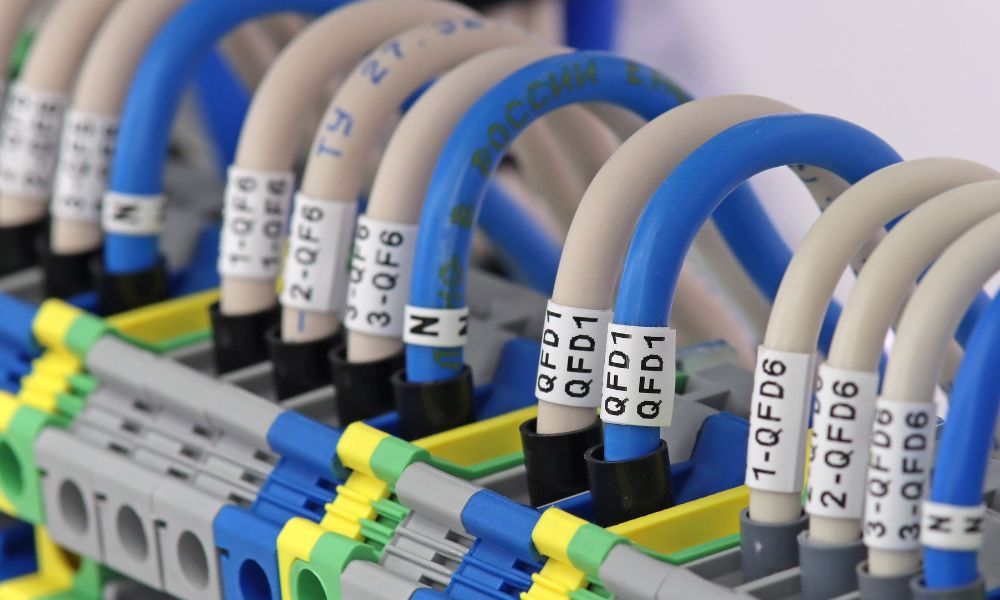Wire vs. Cable Marking: What’s the Difference?

The electrical wire and cable marking world is a vital aspect of many industries, from pharmaceuticals to aerospace. The quality of these markings is essential for safety, traceability, and regulatory compliance. Keep reading to learn the key differences between wire and cable marking, their applications, and the importance of investing in high-quality marking solutions.
Understanding the Basics: Wire vs. Cable
Before discussing marking differences, you must understand the distinction between wires and cables. Although often used interchangeably, they aren’t the same.
A wire is a single conductor made of a metal, such as copper or aluminum, designed to carry an electrical current. It typically has an insulating material coating it to prevent overheating and short-circuits.
Conversely, a cable is a group of bundled wires (either twisted or individually insulated) that operate together within a protective sheath. These varying constructions allow cables to perform different functions and applications.
Wire Marking: Precision and Accuracy
Wire marking is a process where individual conductor wires receive unique identification markings. These markings assist with assembly, maintenance, and regulatory compliance. Accuracy and precision are crucial in wire marking, as improper labeling can create hazardous situations or result in non-compliant products.
Commonly used wire marking methods include:
- Inkjet printing
- Thermal transfer printing
- Hot stamping
- Laser marking
Of these methods, laser marking offers superior legibility, permanence, and precision, making it the ideal choice for the most demanding applications.
Cable Marking: Flexibility and Adaptability
Due to its unique construction and diameter, cable marking often requires different considerations and marking methods. These identification markings serve similar purposes as wire markings, such as traceability, maintenance, and regulatory compliance.
The key factors to consider in cable marking include:
- Material compatibility and adhesion
- Marking surface flexibility
- Resistance to environmental conditions
- Durability
Various cable marking methods exist to address these factors, such as:
- Cable wraps and tags
- Heat shrink sleeves
- Inkjet printing
- Laser marking
Again, laser marking stands out as a versatile and reliable solution capable of handling the complexity of cable marking applications.
Choosing the Right Wire and Cable Marking Solution
Professional-quality marking equipment ensures wire and cable marking applications’ accuracy, efficiency, and durability. Laser marking machines are the preferred solution for industries requiring high precision, reliability, and regulatory compliance.
Finding the Ideal Marking Machine at Tri-Star Technologies
In conclusion, understanding the differences between wire and cable marking is crucial for meeting industry-specific needs, regulations, and safety concerns. Investing in professional wire marking equipment is key to maintaining a consistent and reliable marking process.
Tri-Star Technologies offers advanced laser wire marking machines designed to cater to the requirements of various industries, including pharmaceutical engineers, development teams, lab managers, and technical personnel. Trust Tri-Star Technologies to provide the precision and quality necessary for optimal wire and cable marking solutions.


